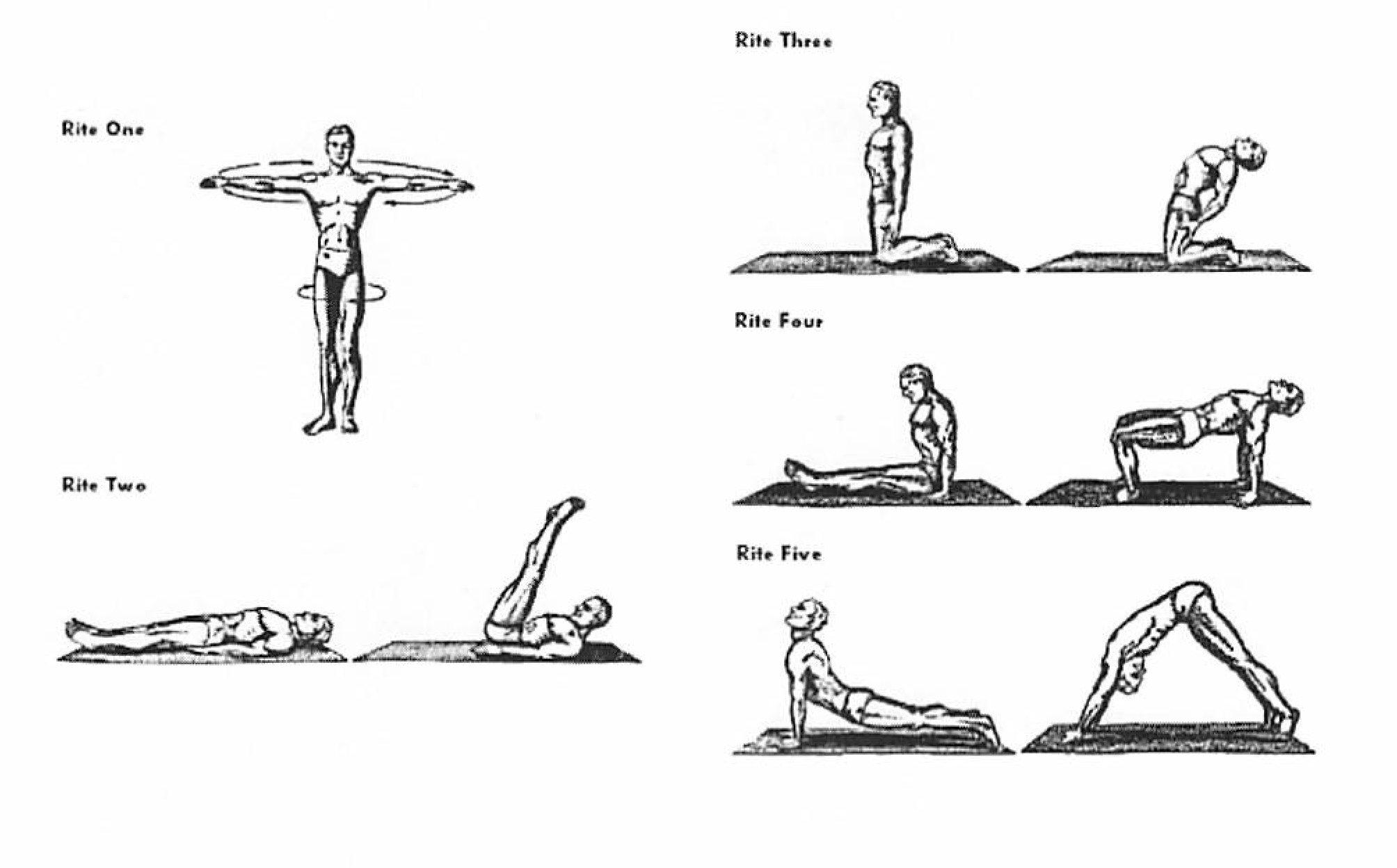Qigong (Chi Kung)
Qigong is an ancient Chinese health care system that integrates physical postures, breathing techniques and meditation. Qigong is a mind-body exercise, much like yoga, but there is also a form of qigong that focuses on healing others.
The word Qigong (Chi Kung) is made up of two Chinese words. Qi is pronounced chee and is usually translated to mean the life force, breath, spirit or vital-energy that flows through all things in the universe.
The second word, Gong, pronounced gung, means accomplishment, or skill that is cultivated through steady practice. Together, Qigong (Chi Kung) means vital energy cultivation. It is a system practiced for health maintenance, healing and increasing vitality.
Qigong practices can be classified as martial, medical, or spiritual. They all involve a posture, (whether moving or stationary), breathing techniques, and mental focus. Some practices increase the Qi; others circulate it, use it to cleanse and heal the body, store it, or emit Qi to help heal others.
Qigong creates an awareness of and influences dimensions of our being that are not part of traditional exercise programs. Most exercises do not involve the meridian system used in acupuncture nor do they emphasize the importance of adding mind intent and breathing techniques to physical movements. When these dimensions are added, the benefits of exercise increase exponentially.
The gentle, rhythmic movements of Qigong reduce stress, build stamina, increase vitality, and enhance the immune system. It has also been found to improve cardiovascular, respiratory, circulatory, lymphatic and digestive functions.
Those who maintain a consistent practice of Qigong find that it helps one regain a youthful vitality, maintain health even into old age and helps speed recovery from illness. Western scientific research confirms that Qigong reduces hypertension and the incidence of falling in the aged population. One of the more important long-term effects is that Qigong reestablishes the body/mind/soul connection.
People do Qigong to maintain health, heal their bodies, calm their minds, and reconnect with their spirit.
The 5 Tibetans
The Five Tibetan Rites are counted to be over 2500 years old.

Rite 1:
Stand erect with your arms outstretched and horizontal to the floor, palm down (your arms should be in line with your shoulders). Spin around clockwise. Gradually increase the number of spins from two to 21.
Breathing: Inhale and exhale deeply as you spin.
Rite 2:
Lie flat on the floor having face up and palms on the floor along your sides ( you can place your fingers underneath your sacrum if you have lower back issues). As you inhale, lift your head tucking your chin into your chest. At the same time raise your legs vertically, knees straight, feet flexed. Slowly exhale and lower your legs and head back to the prone position.
Breathing: Breathe in as you lift your head and legs, and exhale as you lower them.
Rite 3:
Kneel on the floor, your toes curled under and your forehead tucked down toward your knees. Put your hands on the backs of your thigh muscles. Tuck your belly button up toward your spine — Rabbit Pose. Slowly lift your chest and tuck your chin in toward your chest to bring your body erect. Move your head back while extending and opening through your quadriceps, belly and chest -Camel Pose.
Breathing: Inhale as you arch your spine and exhale as you return to an erect position.
Rite 4:
Sit down on the floor with your legs straight out in front of you. Your palms are on the floor alongside the sitz bones and your fingers are facing toward your feet. Tuck your chin to your chest, drop your head back and raise your torso so that your knees bend while your arms remain straight. You should take a ‘table position’ keep it for a few second and go down. Rest for a few seconds before repeating this rite..
Breathing: Breathe in as you rise up into the pose, hold your breath as you tense your muscles, and breathe out fully as you come down.
Rite 5:
These are two standard yoga poses and you probably know them well. Lie down on your belly with your palms face down and in line with your bra strap. Press up into an upward-facing dog by curling your toes under, lifting your heart, and drawing your shoulders back.Look straight ahead of you.Then draw your hips up and back, extending your spine, into downward-facing dog pose. Flow through the poses back and forth concentrating on your breath and alignment. And of course you could combine these four sets of poses for a total of 21.
Breathing: Breathe in as your rise up into upward-facing dog; breath out as you push back into downward-facing dog.
The Lohan 18 Immortals
1 Welcoming the Immortals
2 Warlord Lifts Cauldron
3 Plant Flowers Left and Right
4 Ancient Tree Spreads Roots
5 Golden Dragon Stretches Claws
6 Demon Explores the Sea
7 Temple Guardian Displays Staff
8 Iron Ox Plows the Field
9 Old Monk Enters Enlightenment
10 Green Dragon Swings His Tail
11 Mount the Horse Left & Right
12 Sparrow Sips Water
13 Tiger Charges the Man
14 Chen Tuan is Very Sleepy
15 Father and Son Show Respect
16 Carp Jumps and Flips
17 General Zang Offers Coat
18 Hang the Jug on the Golden Hook
Closing
1 - Welcome the Immortals
2 - Warlord Lifts Cauldron
3 - Plant Flowers Left & Right
4 - Ancient Tree Spreads Roots
5 - Golden Dragon Stretches Claws
6 - Demon Explores Sea
7 - Temple Guardian Displays Staff
8 - Iron Ox Plows Field
9 - Old Monk Enters Enlightenment
10 - Green Dragon Swings Tail
11 - Mount Horse Left & Right
12 - Sparrow Sips Water
13 - Tiger Charges Man
14 - Chen Tuan is Very Sleepy
15 - Father & Son Show Respect
16 - Carp Flips & Jumps
17 - General Zang Offers Coat
18 - Hang Jug on Golden Hook